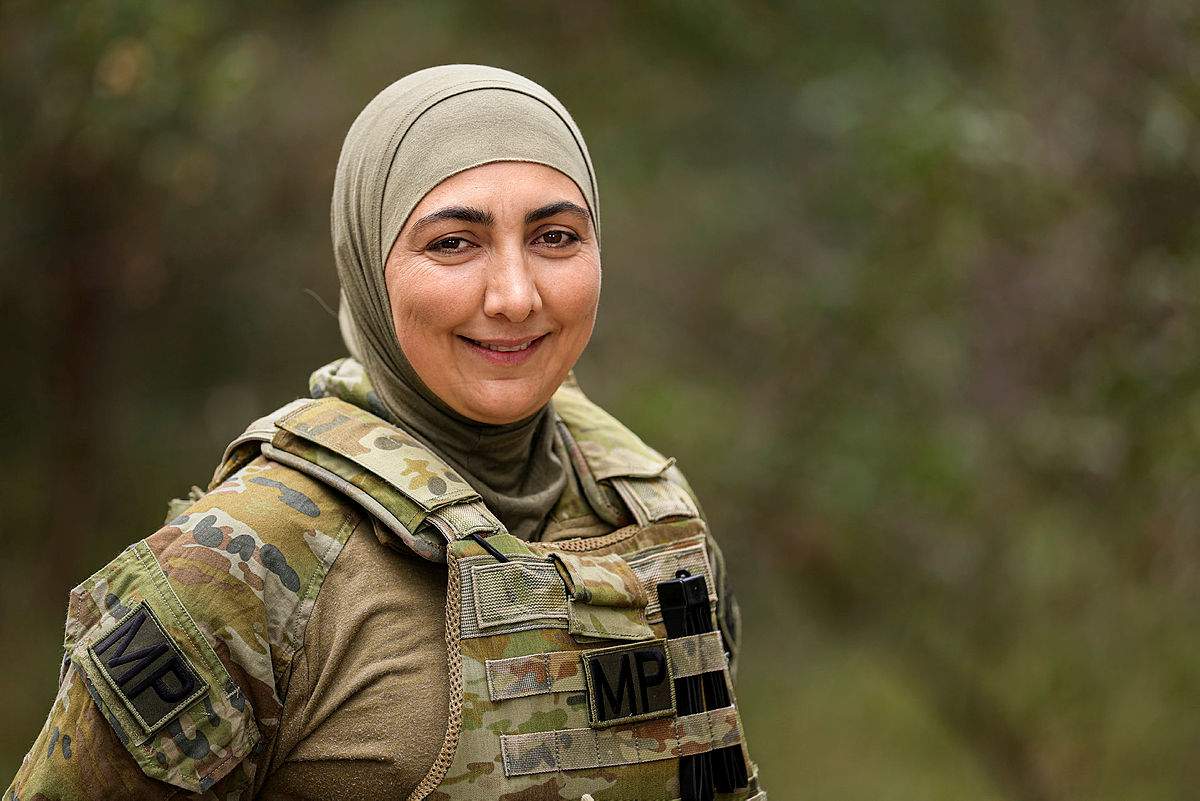84 Sharing with a Trusted Partner
At this stage we want you to have a rich conversation with a trusted partner. To get into the mindset here are some wise words and a process that will be very useful for you.
Good Critical Friends!
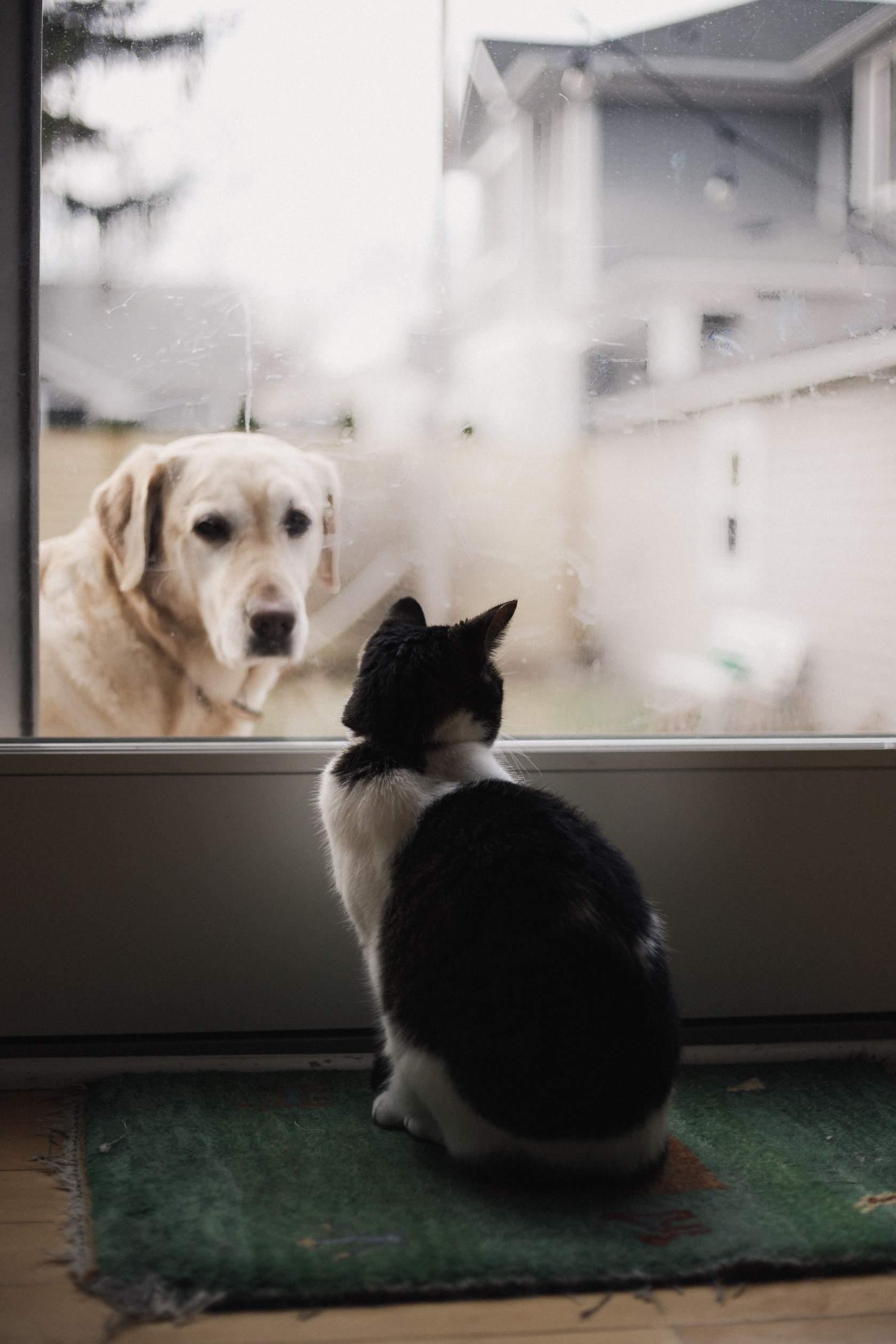
Those who seek to influence change often ensure they surround themselves with good ‘critical friends’ – those people who will give us open and constructive feedback as we work through projects or change initiatives. You might recall from our topic on Mindtraps we highlighted the trap of enjoying it when people agree with us. As critical thinkers, it is important for us to overcome that mindtrap and invite in the feedback and wisdom of our colleagues and peers.
As we come to the end of this unit, we want you to have the opportunity to share your insights and learnings from your initiative with a trusted peer or critical friend.
In her book, Who Do We Choose to Be, author and change leader Margaret Wheatley shares her experience of working with the US Army for many years. She worked with them to strengthen their learning and reflection activities, and admired some of the disciplines of reflection embedded in things like the Army Lessons Learned Program and After Action Reviews (AARs).
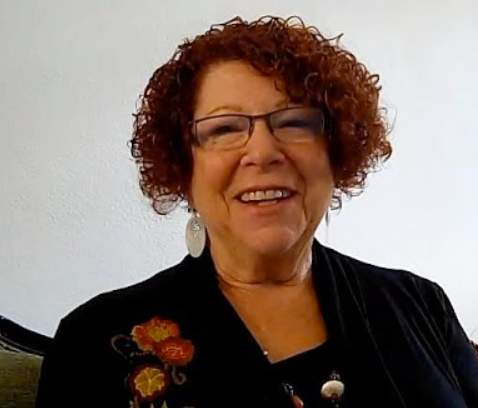
Margaret Wheatley. Source : YouTube
There are a range of simple questions that can be used for an AAR and reflected on either individually or with the help of a peer taking on the role of critical friend and coach. Some simple questions that are easy to recall are….
-
1
What did we plan to happen?
-
2
What did actually happen?
-
3
Why do we think it happened?
-
4
What can we learn from this?
-
5
How will we apply these learnings into the future?
Our ask of you is to try out this AAR process with a peer as a way of reflecting on the work you have done in applying critical reasoning and problem solving to a ‘real’ situation.
Identify
a peer or colleague – either in your team or in your broader work environment – who might engage in a reflective conversation with you.
In a final section of the unit we want you to talk with your mentor or a suitable superior. We think that for this conversation you are about to have it is best that it is with someone with whom you can banter a little and create your own psychological safety space. This is about sense checking and sharing.
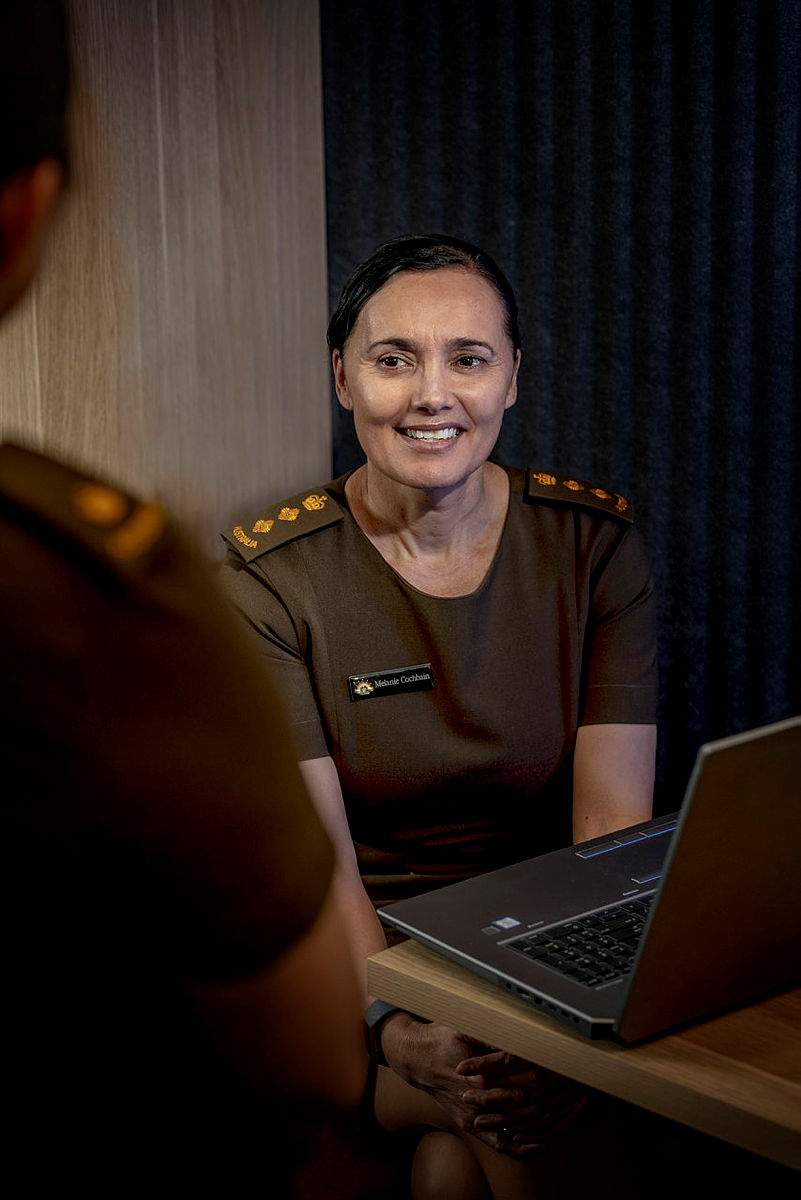
Capture
your responses in your journal. When you have finished writing and drawing in your Journal put it away for a short time.
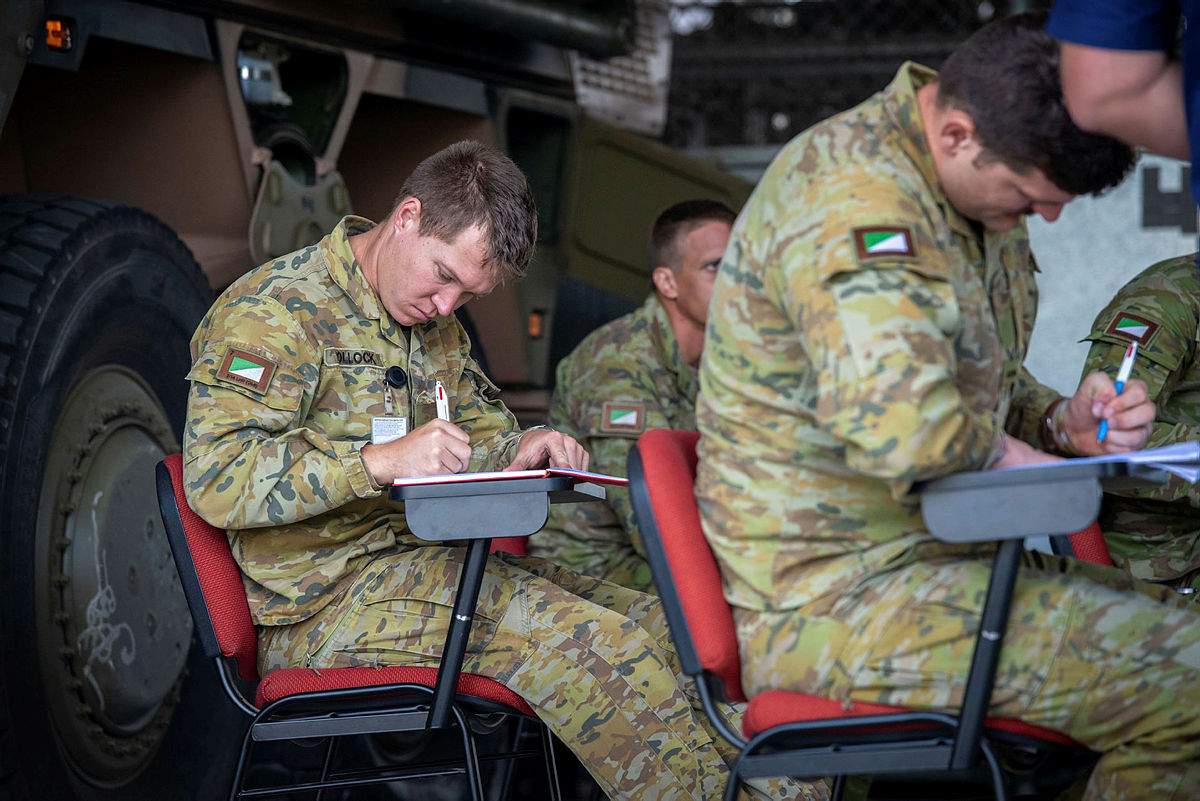
Give
particular attention to the thinking about how you might use the learnings from this work in future change initiatives.
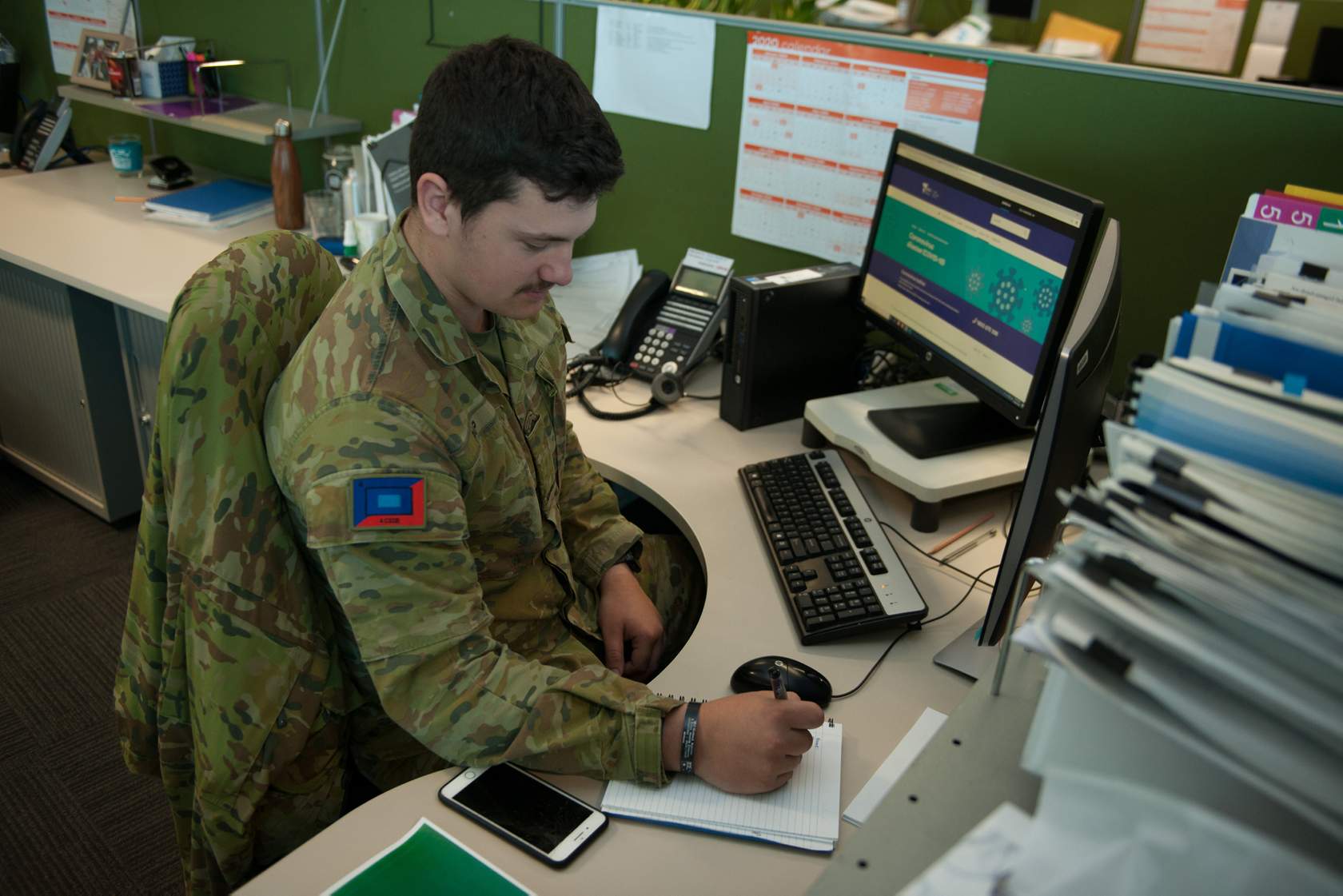
Walk
Take a walk.
Then return to your Journal and re-read your recent entries. You will be truly grateful for the time you have taken to focus on this.
It is such a powerful process and something that the Army encourages and it will serve you well.
